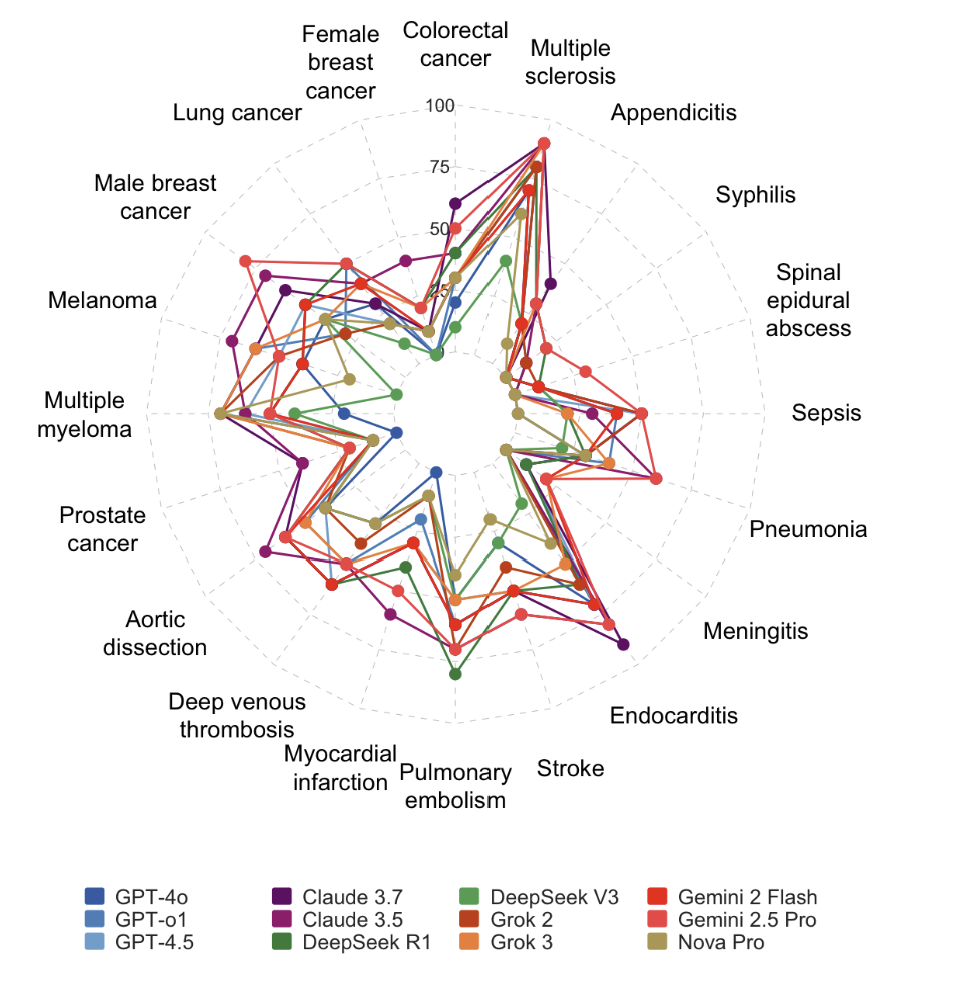Convolutional Neural Networks are at the core of the deep learning revolution in computer vision. They are inspired by the biological visual cortex, where specific neurons respond to stimuli only in a restricted region of the visual field known as the Receptive Field.
A Convolutional Neural Network (CNN) is a type of deep learning model specifically designed for processing pixel data. They are used for tasks like image classification, object detection, and image segmentation. Unlike a standard neural network, a CNN uses special layers to recognize patterns in an image.
The Key Components of a CNN
CNNs have a unique architecture with three main types of layers:
- Convolutional Layer: This is the core building block. Instead of looking at every pixel individually, this layer uses “filters” (or kernels) that slide over the input image to detect specific features like edges, corners, and textures. Each filter learns to recognize a different pattern.
- Pooling Layer: This layer is used to downsample the image and reduce its dimensionality. This makes the network faster and more robust to small changes in the position of features. The most common type is Max Pooling, which takes the maximum value from a small grid of pixels.
- Fully-Connected Layer: After several convolutional and pooling layers, the high-level features are passed to a standard fully-connected neural network. This final part of the network acts as a classifier, taking the learned features and making a final prediction (e.g., “cat”, “dog”, “car”).
How a CNN Learns to See
Imagine you want to classify an image as containing a cat.
- The initial convolutional layers might learn to detect simple features like horizontal and vertical edges.
- The next layers might combine these edges to recognize more complex shapes like ears, whiskers, and eyes.
- Deeper layers would then combine these parts to identify the overall structure of a cat’s face.
- Finally, the fully-connected layer receives this high-level representation and concludes, “This looks like a cat.”
A Simple CNN for Image Classification
Here’s how you could define a basic CNN for classifying 32x32 pixel color images from the CIFAR-10 dataset using Keras.
import tensorflow as tf
from tensorflow.keras.models import Sequential
from tensorflow.keras.layers import Conv2D, MaxPooling2D, Flatten, Dense, Dropout
def build_simple_cnn(input_shape=(32, 32, 3), num_classes=10):
"""
Builds a simple CNN model for image classification.
"""
model = Sequential()
# --- Convolutional and Pooling Layers ---
# First convolutional layer: 32 filters, 3x3 kernel size
model.add(Conv2D(32, (3, 3), activation='relu', input_shape=input_shape))
model.add(MaxPooling2D(pool_size=(2, 2)))
# Second convolutional layer: 64 filters
model.add(Conv2D(64, (3, 3), activation='relu'))
model.add(MaxPooling2D(pool_size=(2, 2)))
# Third convolutional layer
model.add(Conv2D(64, (3, 3), activation='relu'))
# --- Fully-Connected Layers ---
# Flatten the feature maps to a 1D vector
model.add(Flatten())
# Dense layer with 64 units
model.add(Dense(64, activation='relu'))
model.add(Dropout(0.5)) # Dropout for regularization
# Output layer with 'softmax' activation for multi-class classification
model.add(Dense(num_classes, activation='softmax'))
# Compile the model
model.compile(optimizer='adam',
loss='categorical_crossentropy',
metrics=['accuracy'])
return model
# Create the model
cnn_model = build_simple_cnn()
# Print a summary of the model architecture
cnn_model.summary()Code Explanation
Conv2DLayers: These are the convolutional layers that apply a set of learnable filters to the image. We use the ‘relu’ activation function to introduce non-linearity.MaxPooling2DLayers: These layers perform max pooling to reduce the spatial dimensions of the feature maps.FlattenLayer: This layer converts the 3D feature maps from the convolutional layers into a 1D vector that can be fed into the fully-connected layers.DenseLayers: These are the standard fully-connected layers that perform the final classification.Dropout: This is a regularization technique where randomly selected neurons are ignored during training, which helps prevent overfitting.- Compilation: We compile the model with the Adam optimizer and
categorical_crossentropyloss function, which is suitable for multi-class classification problems.
Conclusion
CNNs have transformed the field of computer vision and are a fundamental tool for any AI practitioner working with image data. Their hierarchical pattern recognition capabilities allow them to learn complex visual features automatically, leading to breakthrough performance on a wide range of tasks that were once considered impossible for machines.








